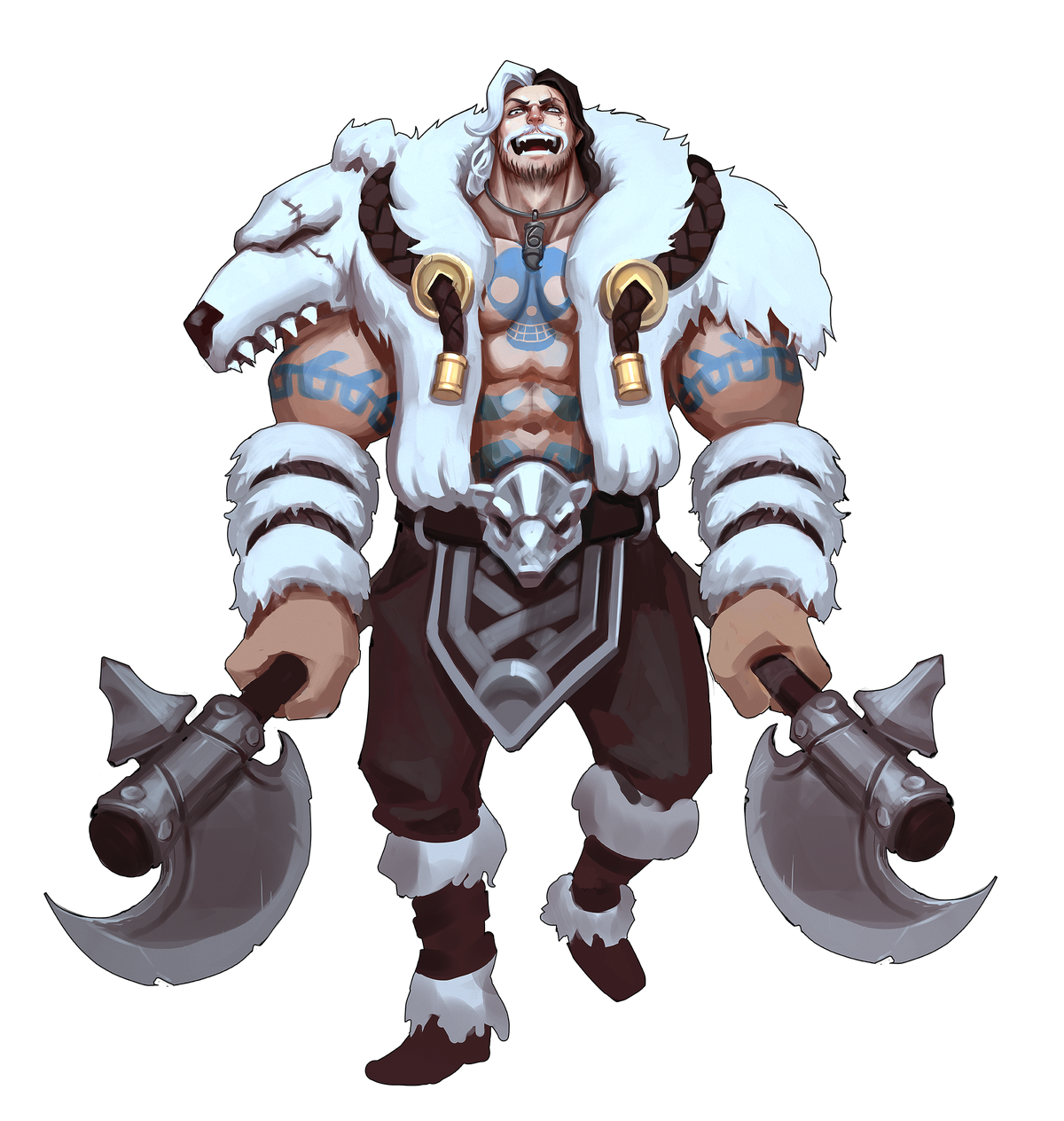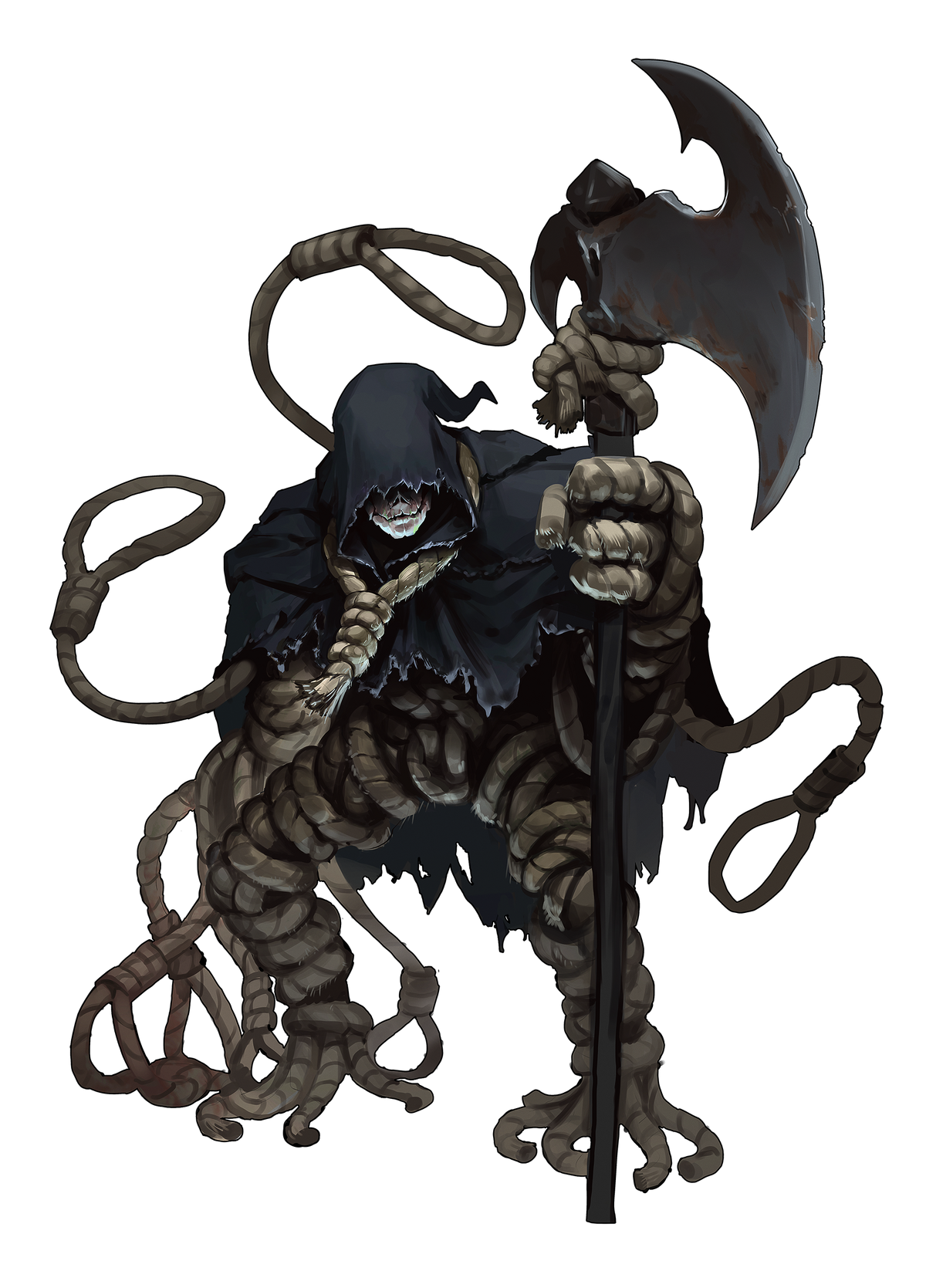Are you ready to dive into the magical world of Dungeons & Dragons (DND)? Whether you're a seasoned adventurer or a newcomer to the realm of tabletop role-playing games, the DND Wiki is your ultimate companion. This comprehensive guide will explore everything you need to know about DND Dot, a crucial aspect of the game that can elevate your gameplay. From understanding its mechanics to mastering its strategies, this article will provide you with expert insights and trustworthy information to enhance your DND experience.
Dungeons & Dragons has captivated the hearts of millions of players worldwide since its inception in the 1970s. As the game has evolved, so has the need for reliable resources like the DND Wiki. The Wiki serves as a treasure trove of knowledge, offering detailed information on everything from character creation to complex rule systems. One of the most intriguing elements of DND is the concept of "Dot," which plays a significant role in gameplay mechanics. Understanding DND Dot is essential for players who want to maximize their characters' potential and fully immerse themselves in the game's rich universe.
In this article, we will delve into the intricacies of DND Dot, exploring its origins, applications, and impact on gameplay. Whether you're looking to improve your strategy, learn new techniques, or simply expand your knowledge of DND, this guide has got you covered. By the end of this article, you'll have a comprehensive understanding of DND Dot and be equipped with the tools you need to become a master adventurer. So, grab your dice, sharpen your sword, and let's embark on this exciting journey together!
Read also:Ina Garten Chocolate Biscotti Recipe A Perfect Treat For Coffee Lovers
- What is DND Dot?
- History and Evolution of DND Dot
- Mechanics and Rules of DND Dot
- Applications of DND Dot in Gameplay
- DND Dot in Character Creation
- Advanced Strategies for Mastering DND Dot
- Common Mistakes and How to Avoid Them
- Resources and Tools for DND Dot Enthusiasts
- Community and Collaboration in the DND Wiki
- The Future of DND Dot and Its Impact on the Game
What is DND Dot?
DND Dot refers to a specific element within the Dungeons & Dragons game system that influences various aspects of gameplay. In its simplest form, a Dot is a representation of a character's abilities, attributes, or skills, often depicted as a numerical value or a graphical symbol. These Dots are integral to the game's mechanics, as they determine how effective a character is in different scenarios, such as combat, spellcasting, or social interactions.
Understanding the concept of DND Dot is crucial for players who want to create well-rounded characters and make strategic decisions during gameplay. Dots are typically associated with attributes like Strength, Dexterity, Constitution, Intelligence, Wisdom, and Charisma, which form the core of a character's identity in DND. Each attribute is assigned a Dot value, which can be increased or modified through various means, such as leveling up, acquiring magical items, or completing quests.
Types of DND Dots
- Attribute Dots: These represent a character's core abilities and are essential for determining success in various actions.
- Skill Dots: Skill Dots reflect a character's proficiency in specific tasks, such as stealth, persuasion, or arcana.
- Spell Dots: Used in spellcasting, these Dots indicate the potency and effectiveness of a character's magical abilities.
History and Evolution of DND Dot
The concept of DND Dot has evolved significantly since the early days of Dungeons & Dragons. When the game was first introduced, character attributes were represented by simple numerical values, with little emphasis on visual or symbolic representations. However, as the game gained popularity and complexity, developers began incorporating more sophisticated systems to enhance gameplay and provide players with greater customization options.
One of the key milestones in the evolution of DND Dot was the introduction of graphical representations, such as dots or icons, to visually depict a character's attributes. This innovation made it easier for players to quickly assess their characters' strengths and weaknesses, leading to more strategic gameplay. Over the years, various editions of DND have refined and expanded the Dot system, incorporating new mechanics and features to keep the game fresh and engaging.
Impact of DND Dot on Gameplay
- Enhanced Character Customization: The Dot system allows players to tailor their characters to specific roles or playstyles.
- Streamlined Gameplay: Visual representations of Dots make it easier for players to track their progress and make informed decisions.
- Balanced Mechanics: The Dot system ensures that characters remain balanced and competitive, regardless of their chosen attributes or skills.
Mechanics and Rules of DND Dot
The mechanics of DND Dot are governed by a set of rules that dictate how Dots are assigned, modified, and utilized during gameplay. Understanding these rules is essential for players who want to maximize their characters' potential and make the most of their DND experience. At the core of the Dot system are the six primary attributes: Strength, Dexterity, Constitution, Intelligence, Wisdom, and Charisma.
Each attribute is assigned a base Dot value, which is determined during character creation. Players can allocate Dots to their attributes based on their desired playstyle, whether they want to focus on physical prowess, magical abilities, or social interactions. Once a character is created, Dots can be modified through various means, such as leveling up, acquiring magical items, or completing quests. These modifications can significantly impact a character's effectiveness in different scenarios, making strategic Dot allocation a crucial aspect of gameplay.
Read also:Wendys Large Frosty Size Everything You Need To Know
Key Rules of DND Dot
- Dot Allocation: Players must carefully allocate Dots during character creation to create a balanced and effective character.
- Dot Modification: Dots can be increased or modified through leveling up, acquiring items, or completing quests.
- Dot Usage: Dots are used to determine success in various actions, such as combat, spellcasting, or skill checks.
Applications of DND Dot in Gameplay
The applications of DND Dot in gameplay are vast and varied, encompassing everything from combat mechanics to character development. One of the primary uses of Dots is in determining the outcome of actions, such as attacking an enemy, casting a spell, or attempting a skill check. Each action is influenced by the relevant attribute or skill Dot, which determines the likelihood of success.
In combat, for example, a character's Strength Dot may determine the damage dealt by a melee attack, while their Dexterity Dot could influence their ability to dodge incoming attacks. Similarly, in spellcasting, a character's Intelligence or Wisdom Dot may affect the potency and range of their spells. By understanding how Dots impact different aspects of gameplay, players can make strategic decisions that enhance their characters' effectiveness and improve their chances of success.
Examples of DND Dot in Action
- Combat: Dots determine the success of attacks, damage dealt, and ability to evade enemy strikes.
- Spellcasting: Dots influence the power, range, and duration of spells.
- Skill Checks: Dots affect the outcome of tasks such as lockpicking, persuasion, or stealth.
DND Dot in Character Creation
Character creation is one of the most exciting aspects of Dungeons & Dragons, and DND Dot plays a crucial role in this process. During character creation, players are tasked with allocating Dots to their characters' attributes, which will shape their abilities and playstyle. This process requires careful consideration, as the allocation of Dots can significantly impact a character's effectiveness in various scenarios.
Players typically begin by choosing a race and class for their character, which may provide bonuses or penalties to certain attributes. For example, a Dwarf may receive a bonus to their Constitution Dot, while a Wizard may benefit from an increased Intelligence Dot. Once the race and class are selected, players can allocate their remaining Dots to create a well-rounded character that suits their desired playstyle.
Tips for Effective Dot Allocation
- Focus on Key Attributes: Prioritize Dots in attributes that align with your character's role, such as Strength for melee fighters or Intelligence for spellcasters.
- Balance Your Dots: Avoid neglecting secondary attributes, as they can still play a crucial role in certain scenarios.
- Consider Future Growth: Plan for how your character's Dots will evolve as they level up and acquire new abilities.
Advanced Strategies for Mastering DND Dot
Mastering DND Dot requires a combination of strategic planning, tactical decision-making, and a deep understanding of the game's mechanics. Advanced players often employ a variety of strategies to maximize their characters' potential and gain a competitive edge in gameplay. One such strategy is the concept of "Dot Optimization," which involves carefully allocating and modifying Dots to create a character that excels in specific areas.
Dot Optimization can take many forms, depending on a player's goals and playstyle. For example, a melee-focused character may prioritize Strength and Constitution Dots to enhance their combat effectiveness, while a spellcaster may focus on Intelligence or Wisdom Dots to maximize their magical abilities. Additionally, players can use various in-game mechanics, such as feats, magical items, and class features, to further enhance their Dots and create a truly formidable character.
Advanced Dot Optimization Techniques
- Feat Selection: Choose feats that complement your character's Dots and enhance their abilities.
- Magical Items: Acquire items that provide bonuses to key Dots, such as a Belt of Giant Strength or a Robe of the Archmagi.
- Class Features: Utilize class features that modify or enhance Dots, such as a Barbarian's Rage or a Sorcerer's Metamagic.
Common Mistakes and How to Avoid Them
While DND Dot is a powerful tool for enhancing gameplay, it's not without its pitfalls. Many players, especially newcomers, make common mistakes that can hinder their characters' effectiveness and detract from the overall gaming experience. One of the most frequent errors is over-focusing on a single attribute, neglecting the importance of a balanced Dot allocation.
For example, a player who prioritizes Strength Dots for a melee character may find themselves struggling in social interactions or spellcasting scenarios. Similarly, a spellcaster who focuses solely on Intelligence or Wisdom Dots may lack the physical resilience needed to survive combat encounters. To avoid these mistakes, players should strive for a balanced Dot allocation that takes into account all aspects of their character's abilities and playstyle.
How to Avoid Common Dot Mistakes
- Plan Ahead: Consider how your character's Dots will evolve over time and plan accordingly.
- Seek Balance: Avoid neglecting secondary attributes that may still play a crucial role in certain scenarios.
- Consult Resources: Use the DND Wiki and other resources to gain insights into effective Dot strategies.
Resources and Tools for DND Dot Enthusiasts
For players looking to deepen their understanding of DND Dot, there are a wealth of resources and tools available to assist in their journey. The DND Wiki is an invaluable resource, offering detailed information on everything from basic Dot mechanics to advanced strategies. Additionally, there are numerous online tools and applications that can help players track their Dots, plan their character builds, and optimize their gameplay.
One popular tool is the DND Character Builder, which allows players to create and customize their characters with ease. This tool provides a user-friendly interface for allocating Dots, selecting feats, and choosing equipment, making it an essential resource for both new and experienced players. Another useful resource is the DND Dot Calculator, which helps players determine the optimal Dot allocation for their characters based on their desired playstyle.
Recommended Resources for DND Dot
- DND Wiki: A comprehensive resource for all things DND, including Dot mechanics and strategies.

